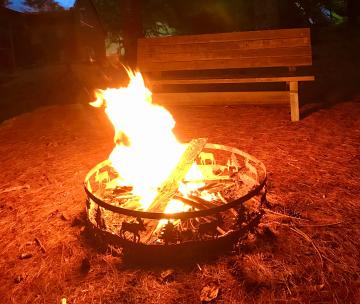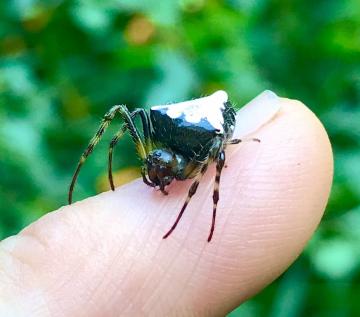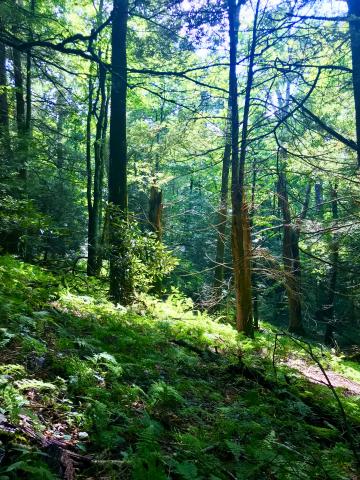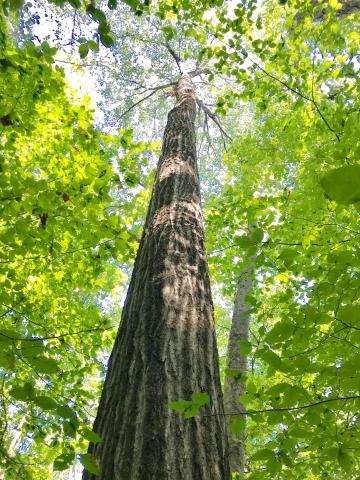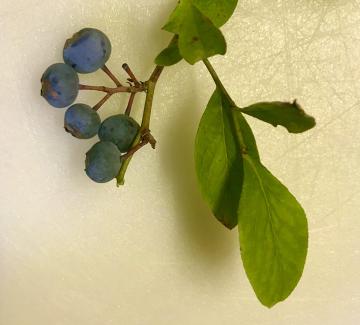Apple Knowledge
With autumn comes the nostalgia of the apple harvest, a fruit whose history goes back a long way. Legend and art have made the Tree of Knowledge that led to the downfall of Adam and Eve an apple, but the Bible only refers to a fruit. What follows is more apple knowledge of this famous fruit than you probably care to know.
Apples were first brought to America from England in 1629 by Massachusetts Governor John Winthrop. The first apples probably came from the trees Winthrop planted in Boston, from which “ten fair pippins” (apples) were picked in 1639.
- Read more about Apple Knowledge
- Log in to post comments


